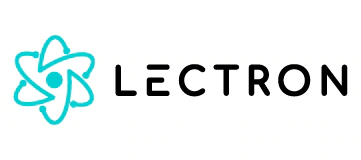EV Chargers
You can locate EV charging stations using apps like PlugShare, ChargePoint, or Google Maps. For Tesla EVs, you can utilize the Tesla app or the in-car navigation system. These platforms show nearby chargers, their availability, and connector types to ensure compatibility with your vehicle.
If you already have a 240V outlet (like a NEMA 14-50) in your garage, you can likely use a plug-in Level 2 charger right away. Otherwise, it’s best to hire a licensed electrician to install a dedicated 240V outlet or to hardwire the charger, ensuring compliance with local electrical codes and your vehicle’s charging needs. For slower overnight charging, portable Level 1 chargers can plug into a standard 120V household outlet.
For fast and reliable Level 2 charging, the Lectron V-BOX Pro is a top choice, it offers high power output and supports both plug-in and hardwired setups. If you prefer a more flexible, plug-and-play option, Lectron Portable Level 2 chargers are great for use with existing 240V outlets and can even travel with you. The best charger for your home depends on your vehicle, outlet availability, and how fast you want to charge.
Installation costs can vary widely depending on your existing electrical setup and local labor rates. On average, installing a Level 2 charger costs between $500 and $1,500. If your home needs a panel upgrade, trenching, or long cable runs, expect additional charges.
Check your EV’s charging port type and power input limits. Most non-Tesla EVs use the J1772 plug, while Teslas require an adapter. For fast charging, confirm if your car supports CCS, CHAdeMO, or NACS.
Yes. Many U.S. states and federal programs offer tax credits, rebates, or incentives for residential EV charger installations. You can check the DOE Alternative Fuels Data Center for current offers in your area.
You can explore reviews on Amazon, Lectron's product pages, and EV forums like Reddit’s r/electricvehicles. YouTube also features hands-on reviews from EV enthusiasts who test different charger models.
